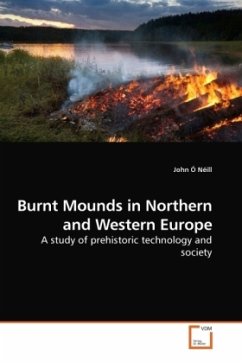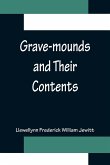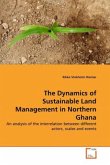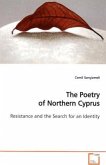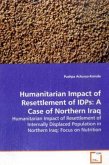There is extensive evidence for the use of hot stone technology in northern and western Europe in prehistory and are often recorded as 'burnt mounds', 'fulacht fiadh', 'boiling mounds', 'skärvstenshögar' or even 'cooking places'. The physical remains are pits and associated deposits of stone which has shattered through repeated heating and immersion in water. The anatomy of this technology is explored and contextualised. Its wide range of applications and products can be shown to have been a central component of prehistoric society, particularly in the Bronze Age in Ireland, Britain and parts of Scandinavia.
Bitte wählen Sie Ihr Anliegen aus.
Rechnungen
Retourenschein anfordern
Bestellstatus
Storno

